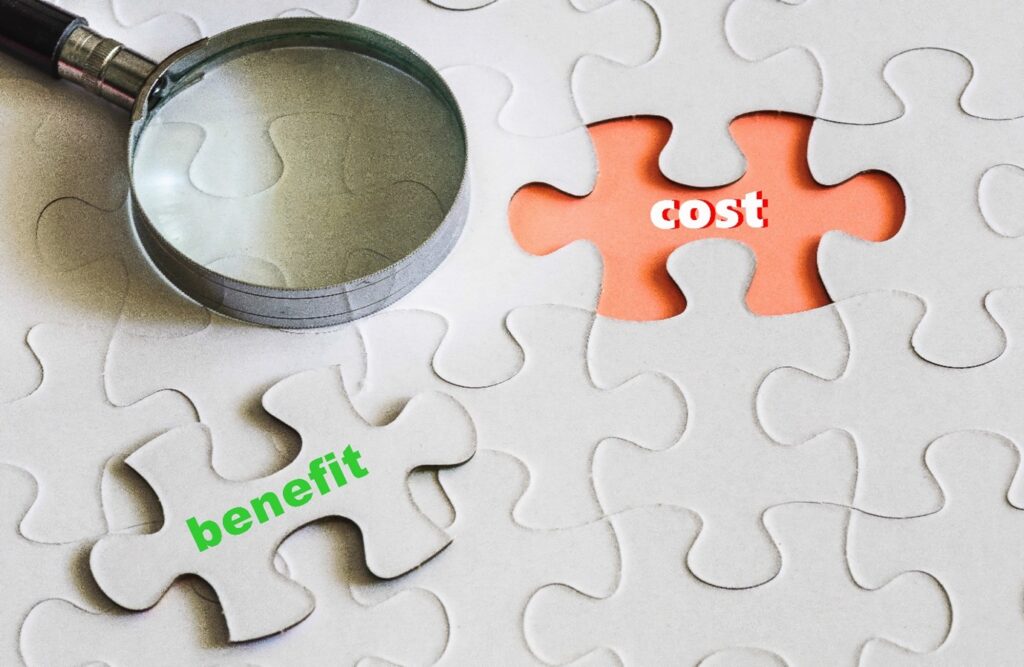[vc_row][vc_column][vc_column_text]The economist Adam Smith believed that free markets were the best way to create an efficient economy. Our individual self-interest, with everyone working to serve themselves will ensure that we all have the goods we need. But the ‘invisible hand’ of the marketplace is imperfect. There are always hidden costs.
In Katrine Marcal’s book “Who Cooked Adam Smith’s Dinner?” she asserts that this economic model fails to take into account the true, unmeasured costs of the inputs that make society function. My son’s little tutoring business is a great example. He helps schoolkids with their maths and earns fees that are giving him a nice little nest egg in the bank. An example of the free market? Not quite, as the true costs are borne by me. I pay for his internet, provide his daily meals and even drive him to some of the tutoring sessions. I’m not doing this out of self-interest but love- just like the mother of Adam Smith who cooked his dinner. Less of the invisible hand of the economy and more of the invisible heart.
When non-profit leaders set partnership targets at the end of each financial year, they’re invariably about income. Apart from staff salaries, they often overlook the true costs of corporate partnerships and how to assess them properly.
The hidden costs
You’ve just landed a new corporate partner and they’ve signed a contract to give you $50k per year for one of your programs. You’re on your way to meeting that stretch target set by your boss. But have you truly assessed the inputs and deliverables required to service that partnership? The staff time, the travel to visit a project, writing reports, creating content, providing PR, providing expert speakers are all hidden costs. It’s time for an honest conversation with your partners about what it will costs you to service the partnership and make sure it’s included in your contract. Most corporates have no clue about what it costs you and would be mortified to know that they’re not covering your costs. A few greedier ones will dig in and grudgingly give you 10% for overheads, but are they the partners you need? Do you have the type of partners that are giving you their customers money but won’t put any of their own cash on the table? Time for some pointed negotiations about their commitment.
The opportunity costs
Servicing and account management of partners takes time and effort. It may make your boss happy to see the income from your partnership portfolio, but how many of them are worth the effort? Some partnerships are energy suckers, demanding a lot of attention and PR but yielding a low ROI. They’re typically the ones who are less generous too. Start the new financial year with hard look at the value you’re getting from some of your partners for the amount of time and effort you’re expending. You may be a charity, but that doesn’t give corporate partners a license to exploit your goodwill and good name.
The cost of doing nothing
Poverty, homelessness, cancer, climate change. Your organisation is trying to solve some meaty societal issues. Can you do it by yourself? Probably not- so why are you waiting to explore corporate partnerships? Corporates offer a panoply of assets including skills, networks, expertise, audiences and cash. Don’t be daunted by the cost of hiring a partnership manager. The cost of doing nothing means you miss out on all of the benefits that come with a corporate partnership.
The cost to the partner of doing nothing
You’re always in a strong position in partnership negotiations if you can tell your partner that they’ll be worse off without you. If you’ve unpacked their problems and challenges and can help with a solution, you’ll have a fair idea of how much that problem is costing them. For example, if they’re losing staff then the cost of replacing each person is typically 30% of their salary costs, plus they’ll take 3 months to be fully productive. Have you been bold enough to ask how much their problem is costing them? An insurance company we worked with recently told us they spent up to $5mln on each advertising campaign and they were still struggling with brand loyalty. That’s a big opportunity for the right community partner and the costs of a partnership will be much less than the money they’re currently wasting on advertising.
Understanding costs are an important part of putting yourself in the best position for partnerships that last. Don’t be afraid to share those conversations with your partners and be prepared to step back from something that doesn’t give you value. I’m off to book my son some more driving lessons to offset my invisible costs. Don’t be the invisible heart that works behind the scenes for someone else’s success.
[/vc_column_text][/vc_column][/vc_row][vc_row][vc_column][vc_column_text][activecampaign form=1 css=1][/vc_column_text][/vc_column][/vc_row]

